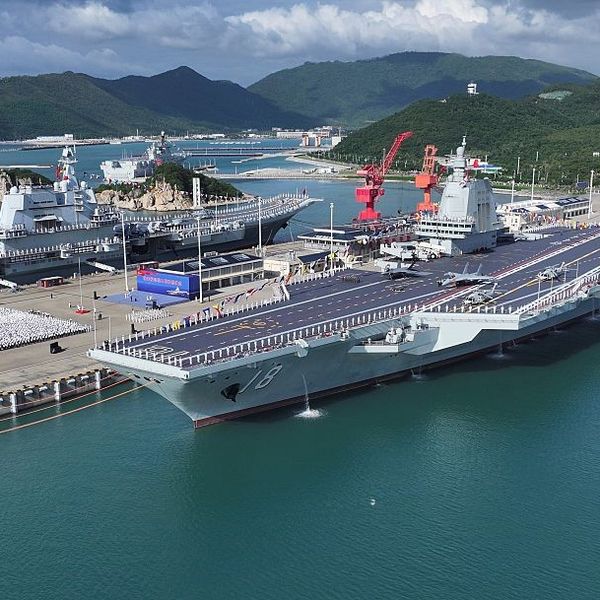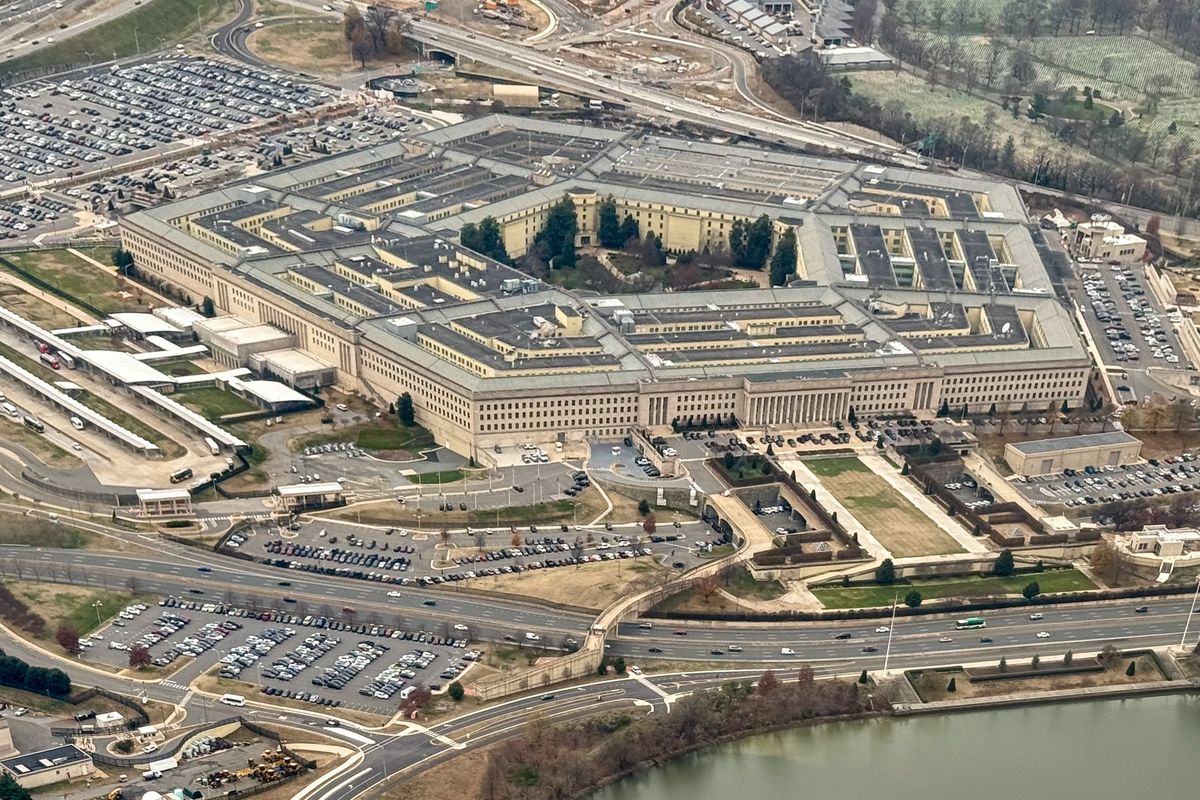OPINION — During Monday’s dialogue, President Biden described Chinese President Xi Jinping as “a major world leader.”
If, as Biden said, the United States accepts that China is a major world power, does that mean that China can have a great-power-sized nuclear arsenal?
The Pentagon’s recent report, “Military and Security Developments Involving the
People’s Republic of China (PRC),” released November 3, seems to see Beijing’s increase in nuclear weapons as a major threat, even though their numbers aren’t even close to the number of nuclear weapons in the U.S. stockpile.
The Pentagon report says, “The accelerating pace of the PRC’s nuclear expansion may enable the PRC to have up to 700 deliverable nuclear warheads by 2027. The PRC likely intends to have at least 1,000 warheads by 2030, exceeding the pace and size the DoD projected in 2020.”
U.S. officials have been calling attention to China’s nuclear weapon expansion for years without noting how much larger the U.S. stockpile is, at some 3,750 warheads.
The new Pentagon report claims, “China has commenced building three, solid-fueled ICBM silo fields, which will cumulatively contain hundreds of new ICBM silos. The number of warheads on the PRC’s land-based ICBMs capable of threatening the United States is expected to grow to roughly 200 in the next five years.”
Nowhere does it point out the U.S. has 400 ICBMs in silos and another 50 silos that could be quickly armed with another 50 ICBMs, currently in storage.
What is more bothersome, the Pentagon said is that with the development of a new, air-refueled, strategic bomber, “the PRC has possibly already established a nascent ‘nuclear triad’ with the development of a nuclear capable air-launched ballistic missile (ALBM) and improvement of its ground and sea-based nuclear capabilities.”
Of course, the U.S. has had its own strategic nuclear triad of delivery systems [bombers, sub-launched and land-based ICBMs] for over 40 years.
Perhaps the most overdone alleged threat in the report is the statement that, “New developments in 2020 further suggest that the PRC intends to increase the peacetime readiness of its nuclear forces by moving to a launch-on-warning posture with an expanded silo-based force.”
What’s the new development? In another section, the Pentagon report notes that “the PRC almost certainly keeps the majority of its nuclear force on a peacetime status—with separated launchers, missiles, and warheads.”
The Cipher Brief hosts private briefings with the world’s most experienced national and global security experts. Become a member today.
The “new development” apparently is that the PRC’s “expanded silo-based force” will have armed ICBMs and thus be on a dangerous, launch-on-warning “hair trigger alert.”
However, the report does not point out that the entire 400 silo-based, U.S. ICBM force is not only armed, but also manned 24/7 with two-person teams prepared to launch within minutes of receiving a Presidential order.
Do Americans talk about their ICBMs being on a launch-on-warning, “hair trigger,” basis?
The Pentagon report does recognize that China’s “current approach to nuclear force includes a public declaratory ‘no first use’ policy. That policy states the PRC will never use nuclear weapons first at any time nor under any circumstances, and the PRC unconditionally undertakes not to use or threaten to use nuclear weapons against any non-nuclear-weapon state or in nuclear-weapon-free zones.”
But it quickly points to “some ambiguity” about when that “would no longer apply.” The Pentagon report says “Some PLA [People’s Liberation Army] officers have discussed the PRC using nuclear weapons first in cases like when a conventional attack threatens the survival of the PLA’s nuclear force or the CCP itself.”
In short, the U.S. does not believe when the chips are down, China will hold to “no first use.” That’s one reason most U.S. officials don’t believe in any so-called declaratory language about nuclear weapons use.
In the report, the Pentagon mentions 13 times the People’s Liberation Army Rocket Force’s hypersonic, low-orbit, glide-vehicle weapons system that was fielded initially in 2020. The Chinese system is sometimes mentioned as having the potential to carry a nuclear warhead.
Although the U.S. looked at such a system in the late 1960s, it decided not to build one seeing that they were not much of an improvement on strategic ICBMs. Now, with both China and Russia developing hypersonic weapons, the U.S. has joined in the race, although looking only at one conventionally armed.
Go beyond the headlines with expert perspectives on today’s news with The Cipher Brief’s Daily Open-Source Podcast. Listen here or wherever you listen to podcasts.
Perhaps the best description of the impact of the Pentagon China report was written in a Tweet by Jon Wolfsthal, who was Senior Director for Arms Control and Nonproliferation at the Obama White House National Security Council.
Wolfsthal wrote, “For those of you not around during the Cold War, this is what arms racing looks like. Everything ‘they’ do seems like a threat to us, but to them it is to defend their interests. Everything ‘we’ do is defensive to us, but looks like a threat to them.”
The day after the Pentagon report came out, Global Times, the official Chinese Communist Party English language daily, described it as “serving the U.S.' own hegemonic goals,” and aiming “to contain China's rightful national defense development at a time when the U.S. is showing huge strategic malice against China by dragging it to unfair arms talks, and creates excuses to further strengthen its nuclear capability.”
In a way, as the Global Times reflects, the Pentagon annual report on the Chinese military is as much a form of communication with the Beijing regime as it is with the American people.
On Monday, President Biden said in his opening remarks to President Xi, “I think it’s important we communicate honestly and directly to one another about our priorities and our intentions.”
Perhaps we all would be better if reports, such as the Pentagon’s on the Chinese military, provided some context, avoided threatening speculation, and were honest and direct about each country’s priorities and intentions.
Read more expert-driven national security insights, perspective and analysis in The Cipher Brief













